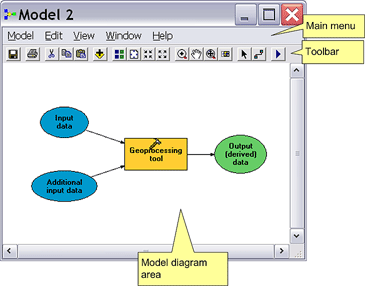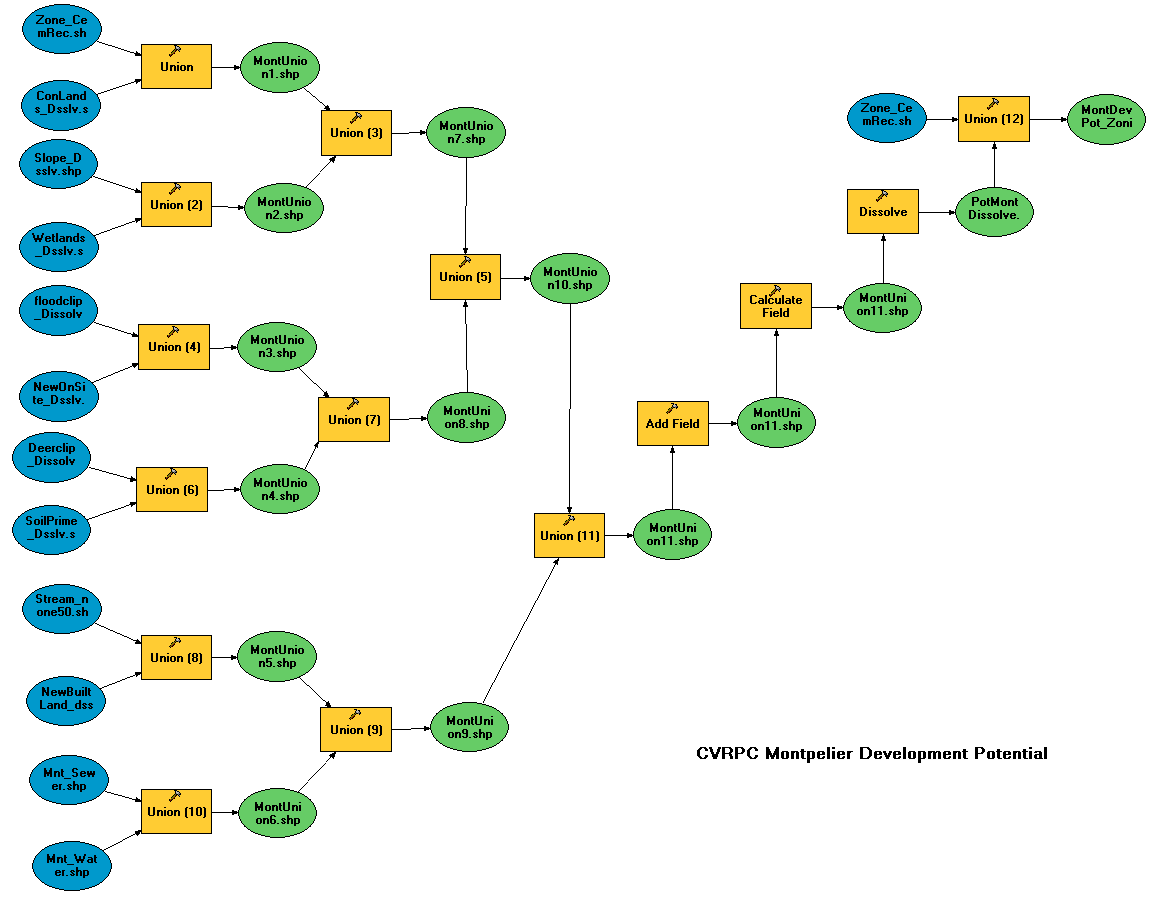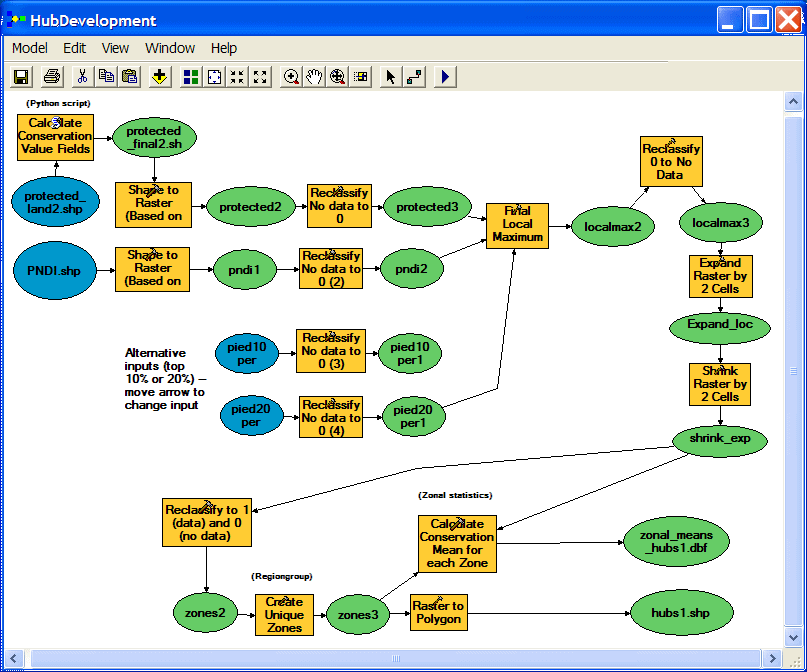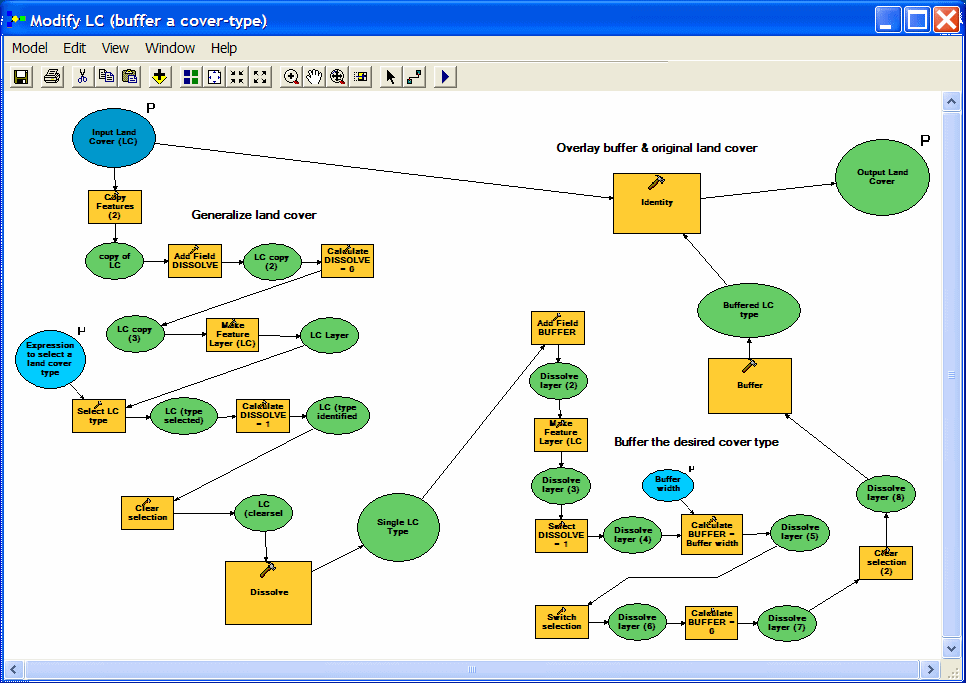Assalamu'alaikum
selamat pagi
ini sekedar re-posting dari
petunjuk ODV yang sudah kuposting sebelumnya dan dari postingan
ocean data view --------------------------------------------------------------------
apa itu ODV???
ku tau ODV sewaktu ikut pelatihan pengolahan data argo float dan aqua modis di seacorm..
thanks alot to pak realino dan pak widodo s pranowo
ku ga tau banyak apa itu ODV...so ini sekedar tulisan ae,,,hehe
temen2 di oseanografi mungkin lebih banyak tau,terlebih yang udah biasa menggunakan, palagi buat tugas akhir/skripsinya... :)
-----------------------------------------------------------
download skripsiku :
aji skripsi ------------------------------------------------------------
Ocean Data View (ODV) is a software package for the interactive exploration, analysis and visualization of oceanographic and other geo-referenced profile or sequence data. ODV runs on Windows (9x, Me, NT, 2000, XP), Mac OS X, Linux, and UNIX (Solaris, Irix, AIX) systems. ODV data and configuration files are platform-independent and can be exchanged between different systems.
Use ODV to produce:
* property/property plots of selected stations
* scatter plots for sets of stations
* color sections along arbitrary cruise tracks
* color distributions on general isosurfaces
* temporal evolution plots of tracer fields
* differences of tracer fields between repeats
* geostrophic velocity sections
* animations
ku menggunakan ODV untuk pengolahan data argo float. actually, ku menggunakannya cuma untuk aplikasi yang sederhana. cuma membaca data argo float, sehingga dapat di tampilkan profil suhu dan salinitas yang terekam di argo float. selain itu untuk menampilkan secara spasialnya, dikemaslah ke dalam iso-surface berdasarkan suhu lapisan teratas yang terekam oleh data argo float.
ODV mendukung untuk membaca format netCDF. format yang digunakan oleh argo float.
seneng euy bisa ketemu ma ODV...coz ku bisa olah argo float dech.dulu awalny masih bingung, mau kuapakan tuch data argo float. cara yang dulu kupake, ke download gambar profil argo dalam format jpeg. yang kedua, pake software apa gitu (ku lupa namany..), disarankan juga pake matlab (kagak tau euy..), eh disarankan pake ODV. cari dech di internet, download, dan pelajari, trs dipake dech,,,hehe.
ku buat iso-surface dengan VG-Gridding, eh pas tadi liat2 lagi. ada DIVA-Gridding..(bukan 3DIVA...hehe). dulu adanya Quick dan VG, sekarang ada DIVA.DIVA dikembangkan oleh University of Liege.
pengin tau lebih, dateng aja ke situsnya ODV
http://odv.awi.de----------------------------------------------------------------------------------
Alkisah lain dan berikutnya :
------------------------------------------------------------------------------
kemarin2 aku dapat email dari seorang temen, so terinspirasi untuk sekedar berbagi apa yang bisa dibagi.. :)
bercerita tentang ocean data view dan argo float serasa mengenang masa-masa skripsi..
Berikut cuplikan langkah-langkah pengolahan argo float menggunakan Ocean Data View:
1. pertama-tama jalankan software ODV
2. kemudian akan muncul tampilan awal ODV

3. Buatlah data koleksi baru ODV, pilih File -> New atau tekan tombol Ctrl + N. dan pilih lokasi penyimpanan file tersebut.
4. Kemudian pilihlah ARGO profile variables.

5. Selanjutnya, import data argo float dengan pilih import - ARGO Formats - Float Properties (NetCDF..) - Single File

6. maka akan muncul peta yang berisi titik2 yang menunjukkan lokasi argo float. untuk menampilkan profilnya klik di argo float yang ingin ditampilkan datanya.
7. berikut contoh profil temperatur data argo float yang ada dilampirkan dalam skripsiku.

tulisan sederhana ini mengenai petunjuk pengolahan data argo float dengan menggunakan software ocean data view (ODV). sekiranya dapat bermanfaat bagi temen2..
kebetulan kemarin ada temen yang bertanya, sekiranya dapat membantu..
banyak informasi di dunia maya ini...pergunakanlah untuk menambah ilmu pengetahuan kita..
let's learn together..keep spirit and study :)
thanks to pak widodo s pranowo for visiting my blog..
sehinga ku semakin bertambah semangatnya tuk terus belajar dan belajar,,, :)
argo float and ODV user...
di jogja berhati nyaman ...
-------------------------------------------------------------------------------------
Re-posting dua tulisan di atas, adalah apresiasi untuk Pak Widodo S Pranowo yang telah berbagi ilmunya mengenai Argo Float dan Pengolahan Data Argo Float (dengan Ocean Data View)
Meskipun dulu awalnya memang benar-benar kubingung mau mengolahnya menggunakan software apa...
Selain itu re-posting mengenai pengolahan data argo float menggunakan ocean data view sekiranya bisa membantu teman-teman untuk lebih melakukan eksplorasi dalam riset ataupun penelitian yang memanfaatkan data-data oceanography...
anyway....argo float kini udah mencapai 3000an lebih float yang mengapung di perairan di seluruh dunia...
---------------------------------------------------------------------------------------
Salam,
Aji Putra Perdana


















